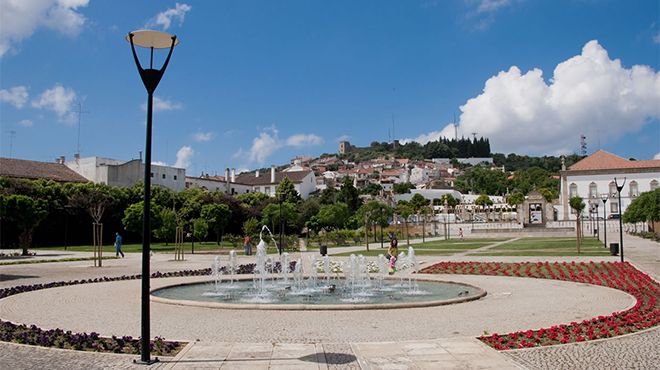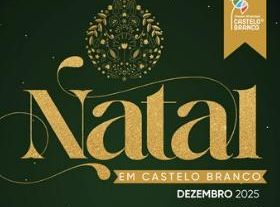Castelo Branco

Castelo Branco
Towns and Villages
The origins of Castelo Branco can be found in Roman times with the settlers who established Albi Castrum on the slopes of the Cardosa hill. In 1214, king Afonso II bestowed this land on the Order of the Templar Knights, entrusting them with its fortification and defence. The Order set about building the Castle that became the focal point for the new town that would gradually expand outwards. In 1285, king Dinis and his queen Santa Isabel stayed here while visiting the region to survey and plan the reinforcement of border defences.
In 1510, Manuel granted a Charter to Castelo Branco. The original document is still held by the Municipal Council. The Misericórdia was founded simultaneously with the arrival of other religious orders including the Augustinian Friars, in the Convent of Graça, and the Capuchin Friars, located in the Convent of Santo António.
In 1535, king João III granted the settlement the title of "Eminent Town" and towards the end of the century the bishop of Guarda, Nuno de Noronha, ordered the building of the Episcopal Palace as the Winter residence for the clergy. The Palace survived both as a marker of the perimeter of old Castelo Branco and a major attraction of the current city. It currently houses the important Francisco Tavares Proença Júnior Museum that features the history behind the traditional Castelo Branco Silk Embroidery.
In 1771, king José I moved to recognise the growing commercial importance of the town in establishing the diocese of Castelo Branco, raising it to city status with the Church of São Miguel (St. Michael) becoming the Cathedral.
This became the focal point for the expansion of the city with the emerging bourgeois class choosing the location for their palaces and residences. After recovering from the Napoleonic invasion, with a major battle fought out in the vicinity, it was the inauguration of the railway line towards the end of the 19th century that resulted in Castelo Branco becoming an important industrial centre. Much of the development focused on the textile sector - a tradition that still continues.
Castelo Branco can easily be visited in a day. Head up the steep streets towards the Castle to take in the wonderful views out over the surrounding countryside.
In 1510, Manuel granted a Charter to Castelo Branco. The original document is still held by the Municipal Council. The Misericórdia was founded simultaneously with the arrival of other religious orders including the Augustinian Friars, in the Convent of Graça, and the Capuchin Friars, located in the Convent of Santo António.
In 1535, king João III granted the settlement the title of "Eminent Town" and towards the end of the century the bishop of Guarda, Nuno de Noronha, ordered the building of the Episcopal Palace as the Winter residence for the clergy. The Palace survived both as a marker of the perimeter of old Castelo Branco and a major attraction of the current city. It currently houses the important Francisco Tavares Proença Júnior Museum that features the history behind the traditional Castelo Branco Silk Embroidery.
In 1771, king José I moved to recognise the growing commercial importance of the town in establishing the diocese of Castelo Branco, raising it to city status with the Church of São Miguel (St. Michael) becoming the Cathedral.
This became the focal point for the expansion of the city with the emerging bourgeois class choosing the location for their palaces and residences. After recovering from the Napoleonic invasion, with a major battle fought out in the vicinity, it was the inauguration of the railway line towards the end of the 19th century that resulted in Castelo Branco becoming an important industrial centre. Much of the development focused on the textile sector - a tradition that still continues.
Castelo Branco can easily be visited in a day. Head up the steep streets towards the Castle to take in the wonderful views out over the surrounding countryside.




 Explore
Explore 
 Remember and Share
Remember and Share 


